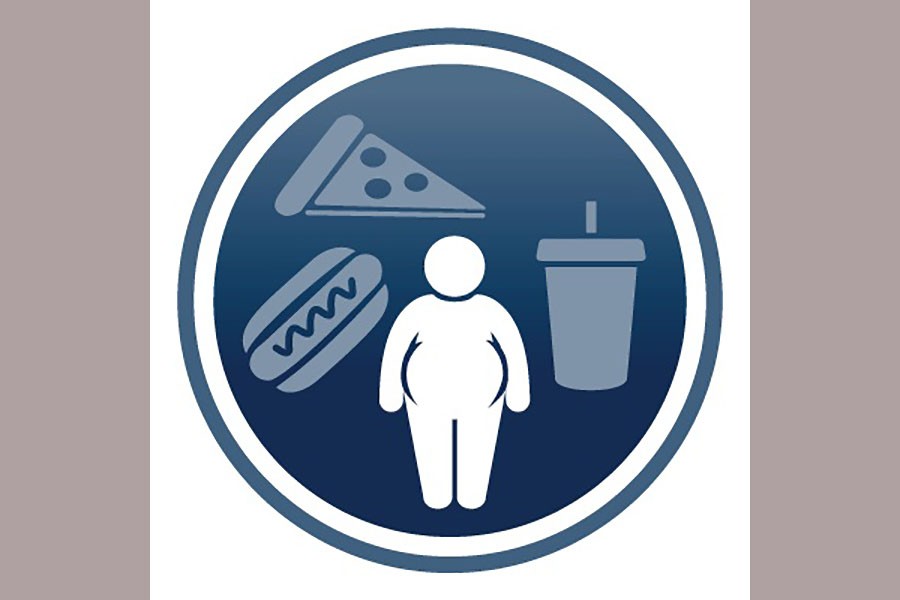If Bangladesh is home to one of the largest numbers of underweight children, its share intriguingly in obese children is also on the rise. Overweight boys were mere 0.03 per cent in 1975 but that proportion has risen up to 3.0 per cent in 2016 and the same transition for girls has been from almost nil to 2.3 per cent during the period, according to a study conducted by the Imperial College of London (ICL) and the World health Organisation (WHO). The problem of increased obesity among children is not confined only to Bangladesh but also to low- and middle-income countries, especially in Asia. Obesity itself is not a disease but a leading cause for a number of serious health complications like heart disease and diabetes. So, its spread among any population is a cause for grave concern.
About one thing, though, there is no doubt that obesity is prevalent mostly among children in towns and cities. The reason is quite understandable. The ICL and WHO study rightly points out the reason behind it. Popularity of fast food and its unregulated market are to blame. There is no policy to regulate what has in health experts' parlance become known as junk foods and their outlets. In fact, the craze among the new generation about the easy-to-eat foods and carbonated drinks is overwhelming. Many parents are also not aware of the danger posed by this particular type of harmful foods. Families escape preparing meals or refreshment also because the take-away foods from ubiquitous outlets can be easily collected. The quality of foods is not placed under the scanner either by government agencies or any other organisation promoting healthy foods. Nutrition value in highly processed carbohydrates is questionable.
Against widespread malnutrition in the country, here is a growing problem of the opposite nature. Fighting this would not be easy when lifestyle in cities in particular is becoming faster. More families will be forced to rely on prepared foods and fast food joints provide the easiest option. On the other hand, the large majority in villages still cannot manage enough nutritious foods because of poor purchasing power. So countries like Bangladesh have a fight on their hands on both fronts. Reduction of poverty in villages and bringing sanity in food intake in towns and cities are ways to address the dual problem. But it is easier said than done. In a country where rice and wheat are distributed among the extreme poor under a safety net programme, taking care of nutritional status involves a far comprehensive socio-economic agenda.
Happily, obesity can be dealt with under a voluntary physical regime and change in lifestyle and habits. Those used to sedentary life will have to opt for physical exercise and avoid eating fast foods if not altogether, at least on a regular basis. Carbonated drinks can easily be replaced by plain water or green coconut drink. The need is awareness of health. Glitzy advertisements on fast foods should be prohibited and campaign against those should be organised in order to make people aware of the peril they are to court for their love for the harmful foods.


